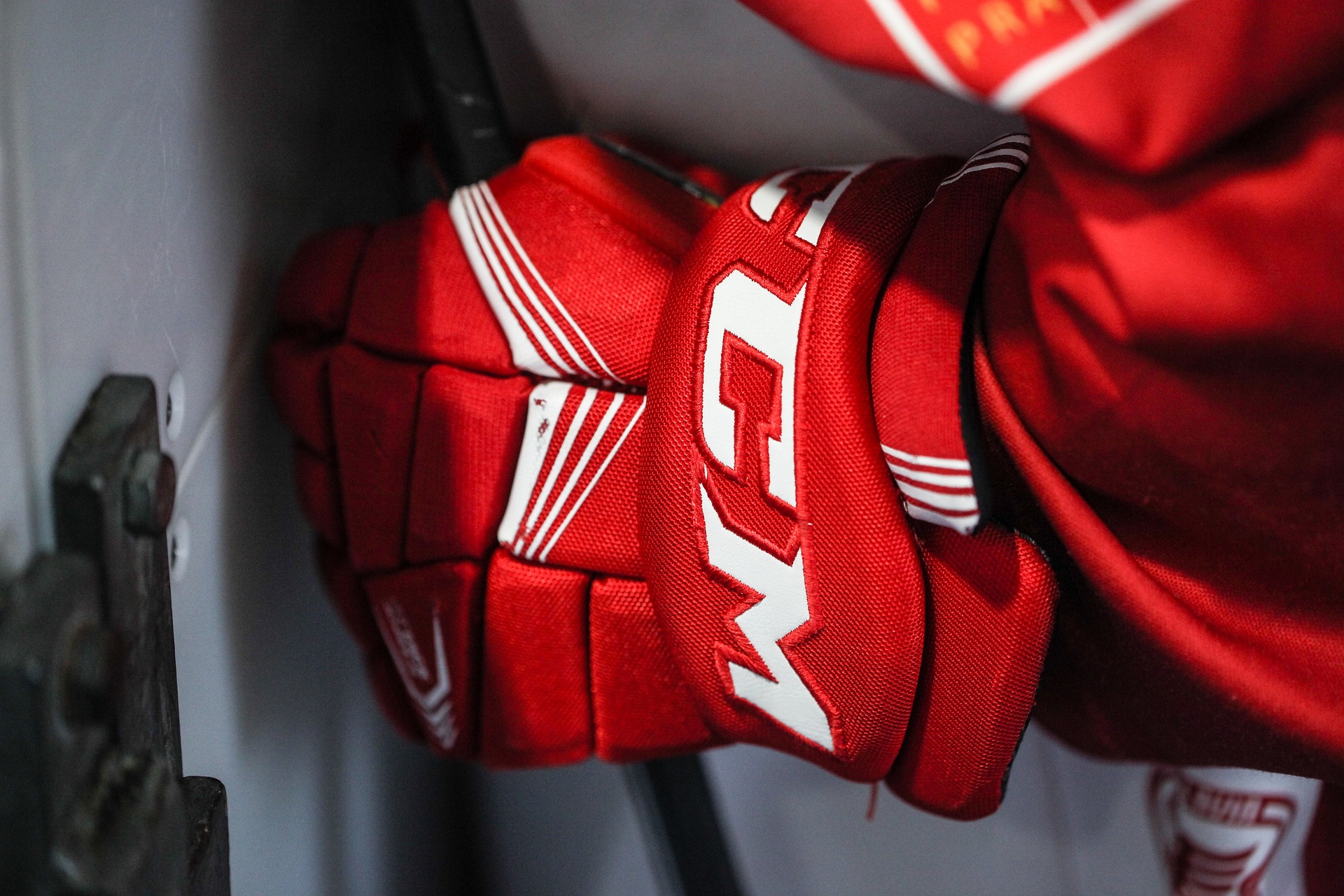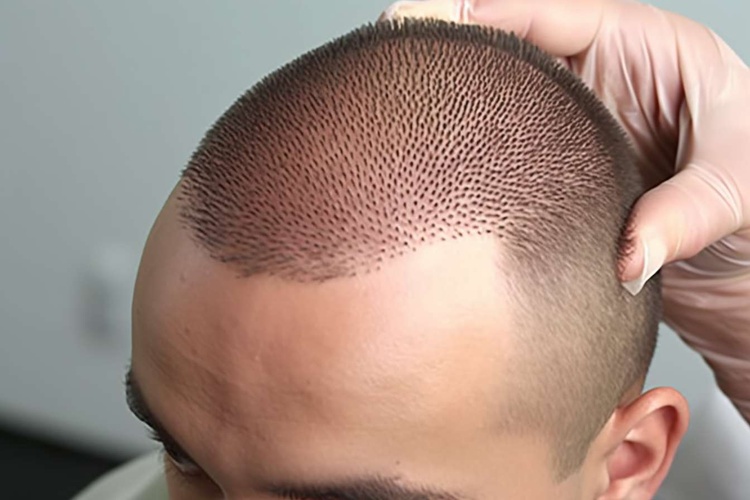Athletic Bilateral Transfer: Enhancing Performance Across Limbs
Reaching your peak athletic performance doesn't always mean focusing on the most used limb or side of your body. Welcome to the world of athletic bilateral transfer - a fascinating concept that explores the potential of enhancing performance across both sides of your body, and its implications in sports training.

The Concept of Bilateral Transfer
The concept of bilateral transfer, also known as cross-education, is not a new one. It was first introduced in the late 19th century, when scientists observed that practicing a task with one hand could improve the performance of the other. In the context of sports, this means that training one side of your body can lead to performance improvements on the opposite side.
The Science of Bilateral Transfer
Studies have shown that the motor cortex - the part of the brain responsible for voluntary movement - plays a vital role in bilateral transfer. When you practice a skill with one hand, the motor cortex fires signals to both sides of your body. This means that while your dominant hand is actively practicing, your non-dominant hand is passively learning.
Bilateral Transfer in Sports Training
The application of bilateral transfer in sports training is significant. For athletes who rely heavily on one side of their body - such as baseball pitchers or tennis players - training the non-dominant side can help prevent injuries and improve overall performance.
Even in sports that require the use of both sides of the body - like swimming or gymnastics - bilateral transfer can optimize efficiency and coordination.
Benefits and Challenges of Bilateral Training
The benefits of bilateral training are clear. It can lead to improved performance, reduced risk of injury, and increased adaptability. However, it also comes with challenges. It requires careful planning and execution, and may feel unnatural at first. But with dedication and patience, the benefits far outweigh the challenges.
Real-world Applications and Future Research
Bilateral transfer is not just for elite athletes. It can be applied in rehabilitation, helping people recover from injuries or strokes. It can also be used in everyday tasks, like learning to play a musical instrument or typing.
Looking to the future, there is still much to learn about bilateral transfer. But one thing is clear: it has the potential to revolutionize the way we approach sports training and performance.
Through a deeper understanding of our bodies and how they learn, we can push the boundaries of human performance. And in the world of sports, that’s a game changer.




